'Ugly History': Battle To Restore Iconic Japan Brothel Building
At the corner of a red-light district in the Japanese city of Osaka stands an unlikely architectural gem: a century-old former brothel at the centre of a restoration campaign.
Taiyoshi Hyakuban hasn't functioned as a brothel for decades, and now operates as a restaurant, but it is seen as a symbol of the surrounding neighbourhood, which is still associated with the sex industry.
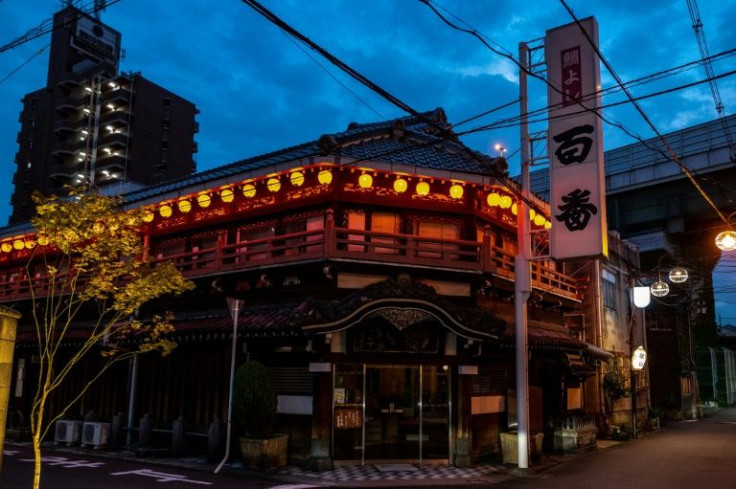
Experts say the wooden two-storey structure is a rare original example of architecture from the Taisho era of 1912-1926.
"Most Japanese architecture dating from a century or more burned down in wartime air raids or big fires," Shinya Hashizume, a professor of architectural history at Osaka Prefecture University, told AFP.
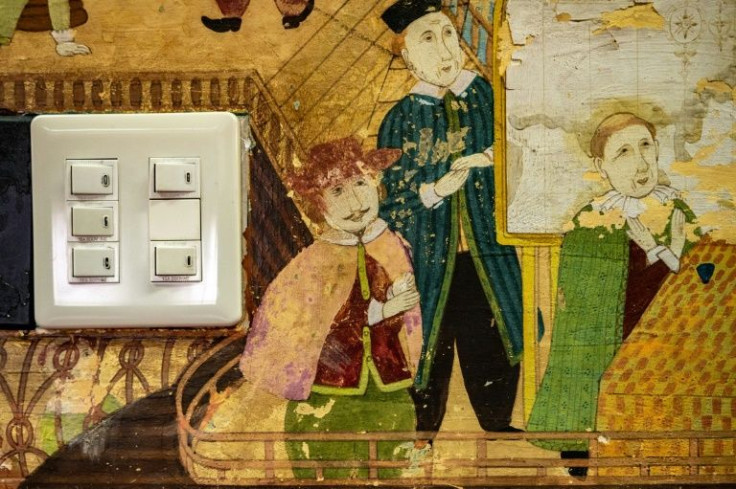
"Old brothel buildings, in particular, have rarely survived," he said on a visit to the site.
Taiyoshi Hyakuban has dozens of Japanese and Western-style party rooms, some featuring delicately painted sliding doors and ceilings with ornate inlays.
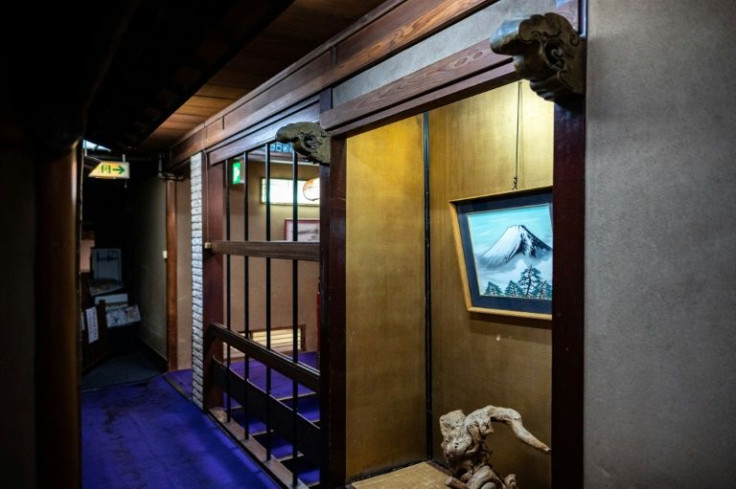
Murals of festivals, goddesses playing traditional instruments and Dutch merchants in old-fashioned clothes adorn the suites, which surround a garden where towering "yin and yang" rocks represent men and women.
"Here, the art is part of the building... that's what is so wonderful about it," said Masakazu Rokuhara, an architect involved in the restoration project.
At night, swinging red lanterns strung along the outside of the building's second floor lend the structure a nostalgic charm, gently illuminating its red wooden siding.
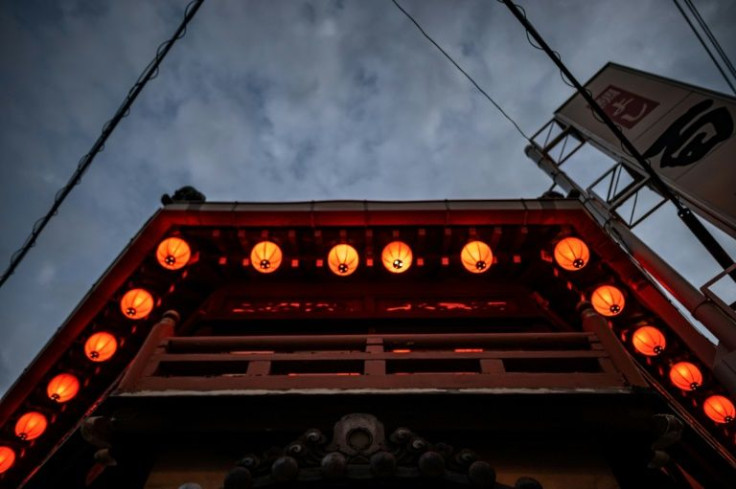
But daylight reveals the desperate need for restoration, including cracks to a large wooden plaque over the front door and fading paint.
The building is designated a "registered tangible cultural property" in recognition of its historical significance, but that hasn't resulted in any public funds to protect it.
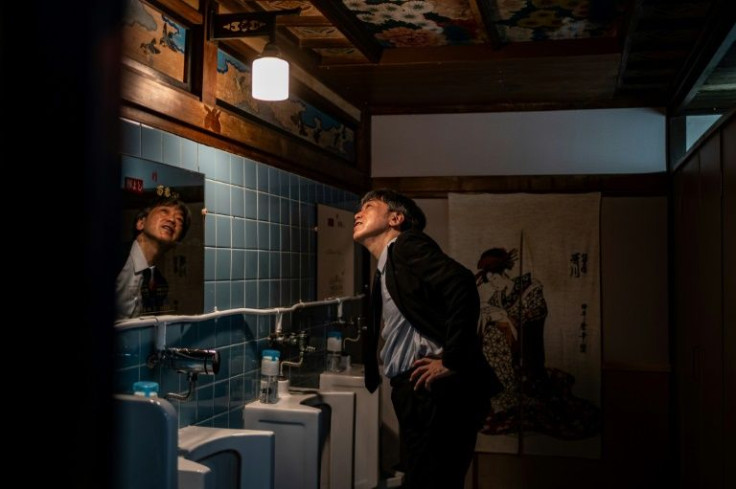
And while its owner had long planned to give the building a makeover, the pandemic downturn left funds scarce.

So a group of local real estate agents and town developers decided to launch a crowdfunding project to raise 15 million yen ($133,000) to save the struggling structure.
"We were concerned the restoration might not even be possible if we waited and let the building continue to deteriorate for another 10 years," said Keisuke Yotsui, a member of the campaign.
Taiyoshi Hyakuban is also something of an emblem for the historic Tobita-Shinchi red-light district, which housed hundreds of brothels a century ago.
Many reinvented themselves when prostitution was outlawed in 1957, with customers paying for a room rather than a companion, to skirt legal restrictions.
But the neighbourhood retains a salacious vibe, with women sitting at entrances attempting to lure customers.
"Hey, mister! Why don't you stop by?" shouts a tout, as a young woman bathed in a pink spotlight locks eyes with passers-by.
And while Taiyoshi Hyakuban has been an upscale Japanese restaurant for decades, its history meant fundraising for its restoration was sometimes tricky.
"We heard from women who told us there was no way they would give money for it," because of the association with the sex industry, Yotsui told AFP.
Despite the obstacles, by August, the campaign had raised nearly 19 million yen and restoration has now begun.
Hashizume said there was no disguising Taiyoshi Hyakuban's past, but the building was still worthy of saving.
"This district lives with an ugly history," he acknowledged.
"But it's also a history of how a neighbourhood has survived despite that legacy," he added.
"This piece of architecture is the only original part of the neighbourhood that speaks to that."
© Copyright AFP 2024. All rights reserved.





















